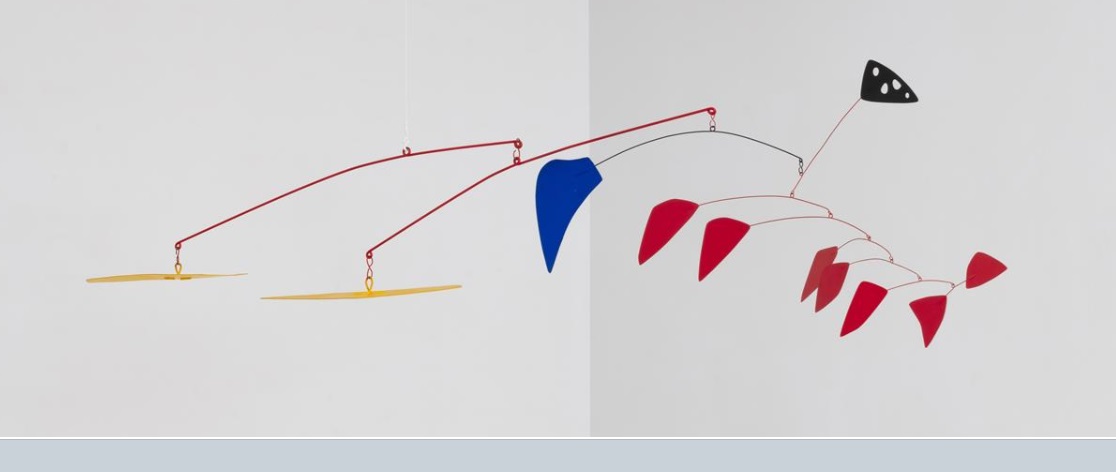The new version of the Avant-Garde watch, while based on the original model with its famous red triangular hand, rises to a fundamentally new design level.
It now has a multi-layered dial, a sophisticated case and more striking hands with Super-LumiNova glow, showing the time even in the darkest dark. One of the main design innovations was to replace the usual numbers with words: zero, three, six, nine. Three main avant-garde colours – red, white, and black – combined with the austere geometry of hands and fonts help emphasize the beauty and uniqueness of each moment. Even a quick glance at your wrist will remind you of this, revealing each time a new art composition on the dial.
Drawing on the idea that the Raketa Avant-Garde model is “art in motion”, you can constantly interpret and reinterpret this ever-changing artwork, filling it each time with new meanings.
The abstract geometrical shapes on the dial are set in motion by a Raketa automatic movement designed and manufactured at the Raketa Watch Factory in St. Petersburg. Looking through the transparent case back, you can appreciate the beauty of the movement and enjoy its harmonious work.

Specifications
| Factory: | Raketa Watch Factory (Saint-Petersburg) |
| Movement: | |
| Calibre: | 2615 |
| Functions: | Automatic |
| Number of jewels: | 24 |
| Testing positions: | 4 |
| Average rate (s/d): | -10+20 |
| Average running time (h): | 40 |
| Frequency/hour: | 18.000 / 2.5Hz |
| Bi-directional automatic winding | Yes |
| Stopper of self-winding unit activated during manual winding: | Yes |
| Decoration: | Laser engraving Neva wavesPrint |
| Case: | |
| Material: | Stainless steel |
| Size: | 39,5 mm |
| Front glass: | Sapphire |
| Back glass: | Mineral |
| Crown: | Ruby stone inside the crown |
| Water resistance: | 5 АТМ |
| Hands: | Super-LumiNova |
| Strap/bracelet: | |
| Material: | Genuine leather |
| Width: | 22 mm |
| Sex: | Unisex |

FR
Raketa “Avant-Garde”
L’art en mouvement
Basée sur le modèle original avec sa célèbre aiguille triangulaire rouge, la nouvelle version de la montre Raketa “Avant-Garde” monte en gamme.
Ce modèle a désormais un cadran multicouche, un boîtier plus sophistiqué ainsi que des aiguilles plus saisissantes qui, grâce au Super-LumiNova, indiquent l’heure même dans l’obscurité. Mais une des principales décisions en matière de design a été de remplacer les chiffres habituels par des lettres : zéro, trois, six, neuf. Les trois principales couleurs de l’art avant-gardiste – rouge, blanc et noir – associées à une géométrie stricte des aiguilles et des polices de caractères permettent de souligner la beauté et le caractère unique de chaque instant. Même un bref coup d’œil à votre poignet vous le rappellera, révélant chaque fois une nouvelle œuvre d’art sur le cadran de la montre.
S’inspirant de l’idée que le modèle Raketa “Avant-Garde” est de l’art en mouvement, vous pourrez réinterpréter inlassablement à votre manière la composition qui se renouvelle sans cesse sur le cadran, et lui conférer des significations nouvelles.
Le déplacement des formes géométriques abstraites sur le cadran est assuré par un mouvement automatique Raketa conçu et fabriqué à la manufacture horlogère Raketa de Saint-Pétersbourg. Le fond transparent du boîtier permet d’apprécier l’élégance du mouvement et de son fonctionnement harmonieux.
Le prix
Spécifications
Le prix est de 1.950 Euros (TVA comprise)/ $2,863 CAD. Pour le confort de nos clients, les montres sont livrées gratuitement jusqu’à leur porte par DHL.
| Manufacture : | Manufacture de montres Raketa (Saint-Pétersbourg) |
| Mouvement : | |
| Calibre: | 2615 |
| Fonctions : | Automatique |
| Nombre de rubis : | 24 |
| Positions de reglages : | 4 |
| Marche moyenne (s/j) : | -10+20 |
| Réserve de marche moyenne (h) : | 40 |
| Fréquence/heure : | 18.000 / 2.5Hz |
| Remontage automatique bidirectionnel : | Oui |
| Système de débrayage du module automatique lors du remontage manuel: | Oui |
| Décoration : | Gravage laserCôtes de NevaCouleur azur |
| Boitier : | |
| Matériau : | Acier inoxydable |
| Diamètre : | 39,5 mm |
| Glace côté cadran : | Sapphire |
| Glace arrière : | Minéral |
| Couronne : | Rubis à l’intérieur de la couronne |
| Etanchéité : | 5 АТМ |
| Aiguilles : | Super-LumiNova |
| Bracelet : | |
| Matériau : | Cuir véritable |
| Largeur : | 22 mm |
| Sexe : | Unisexe |



